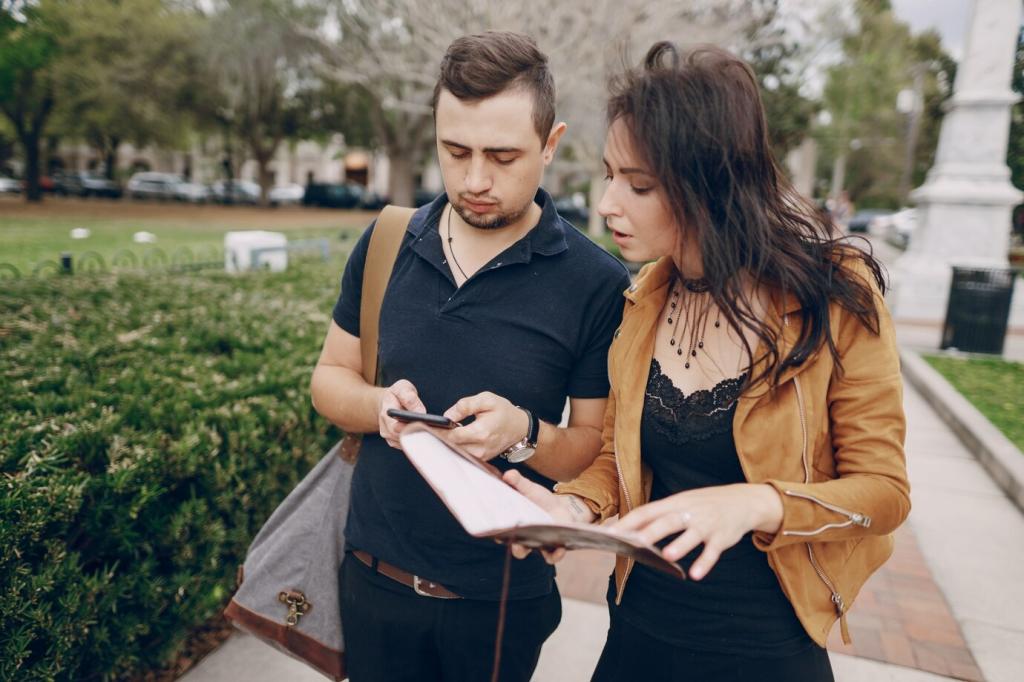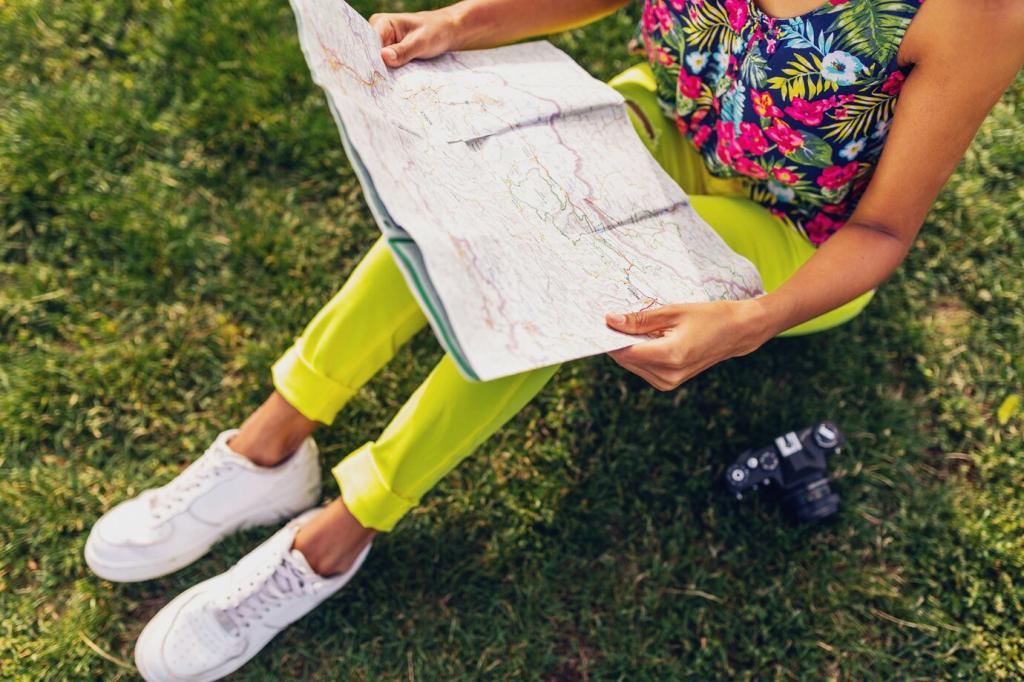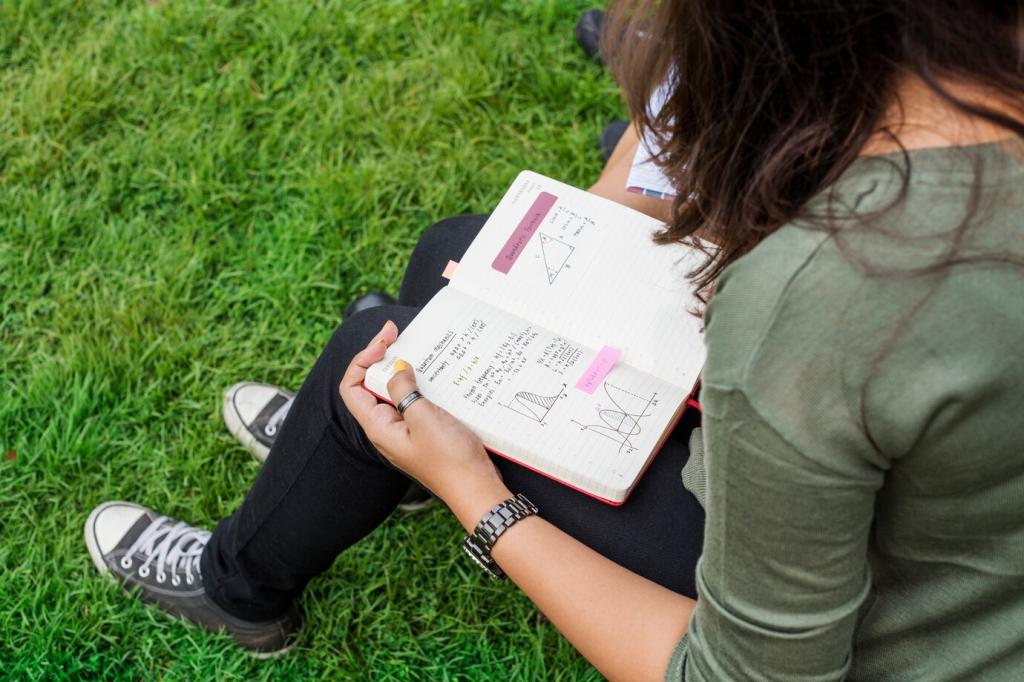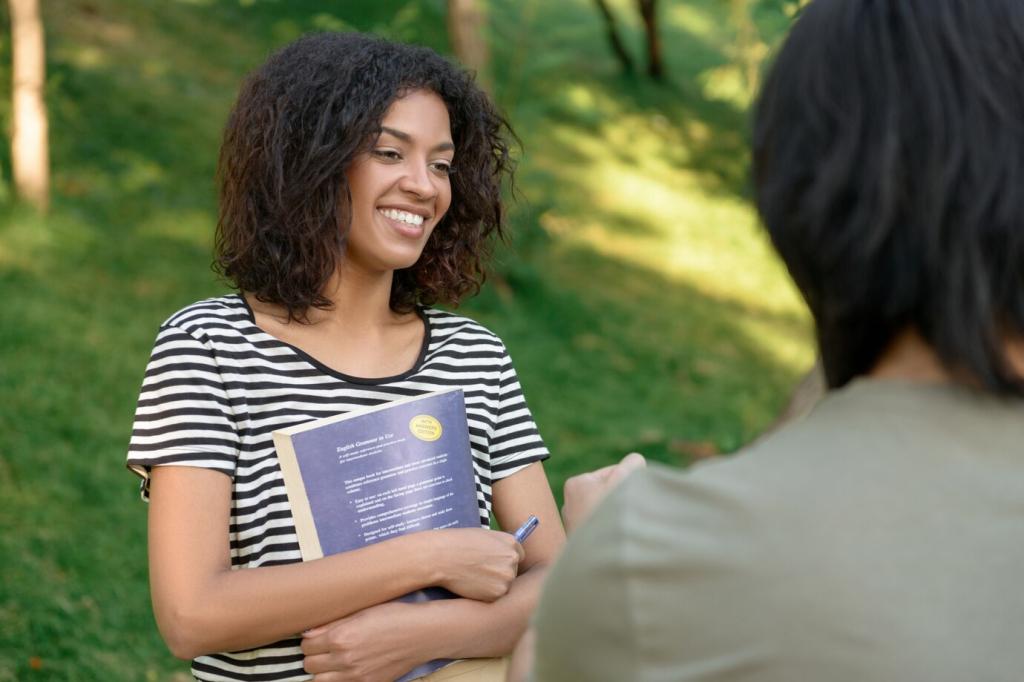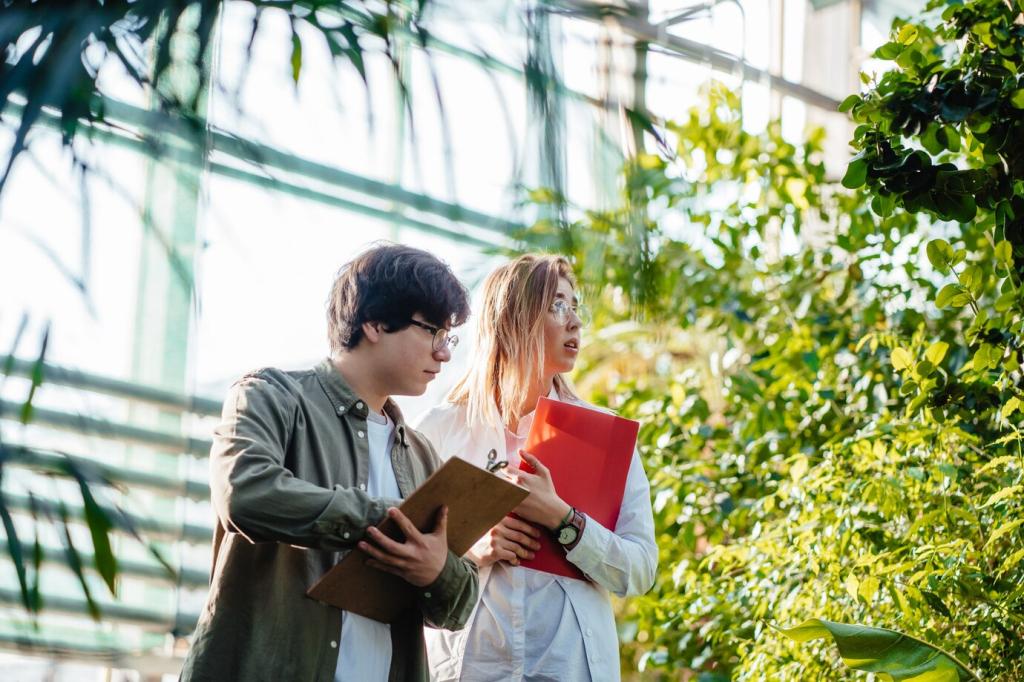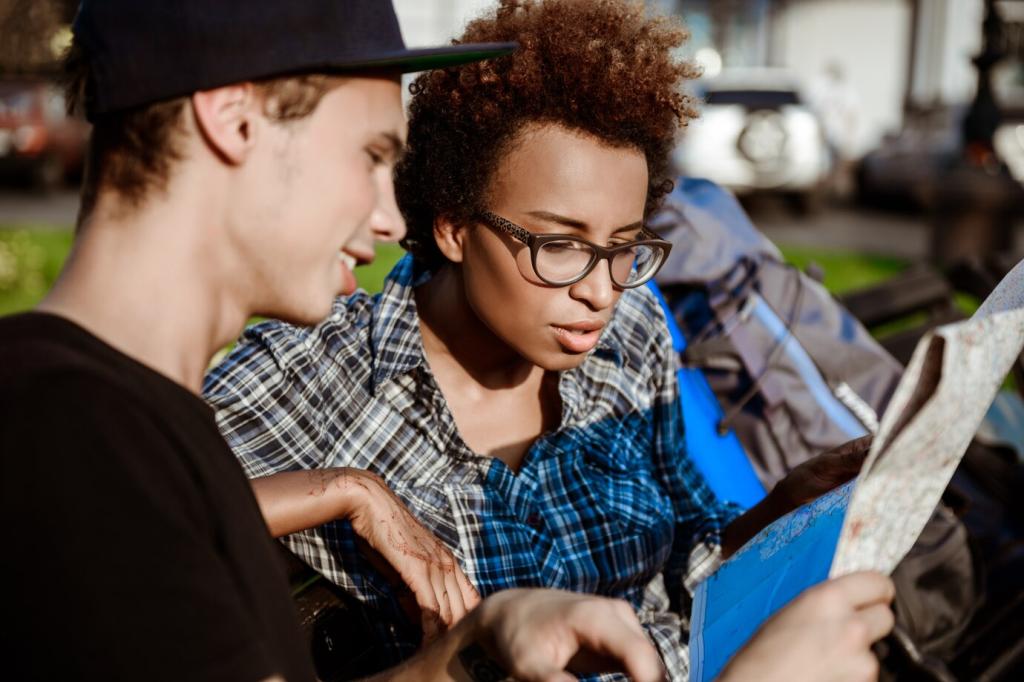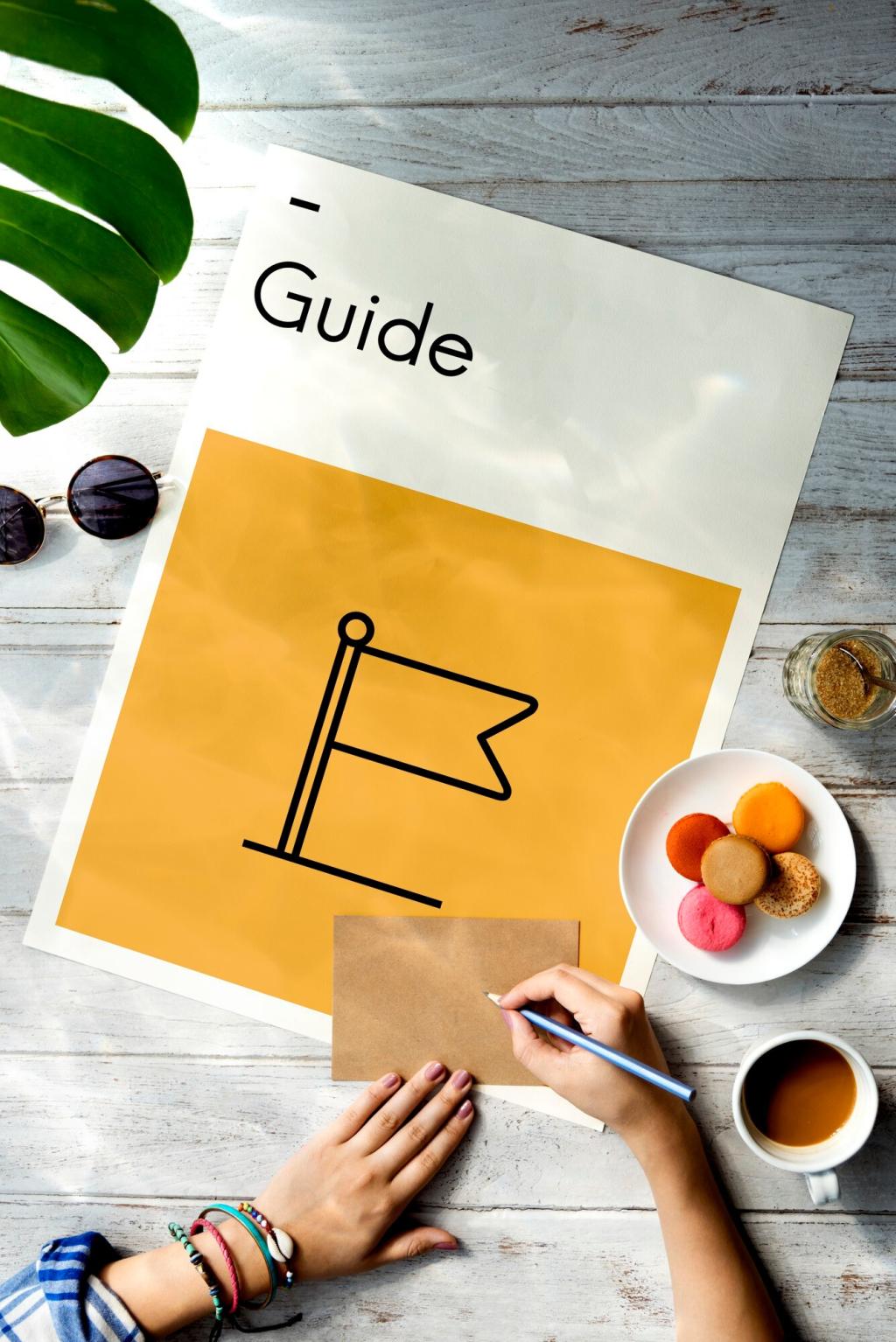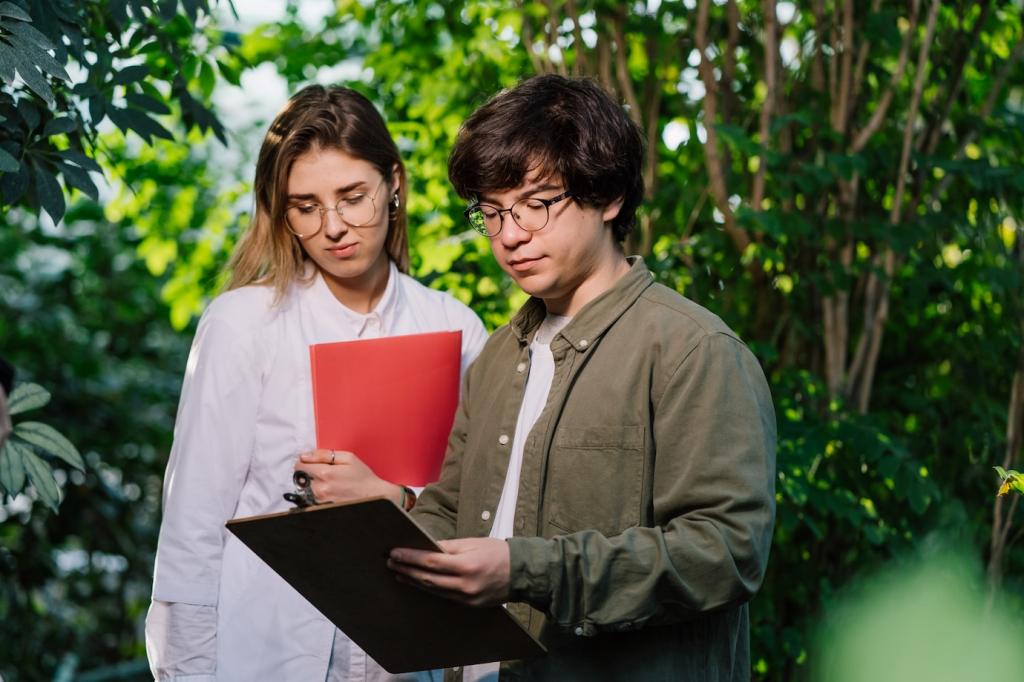People-Centered Guiding: Psychology and Inclusion
Track posture, eye contact, and pacing. Switch questions, move the group’s position, or invite a quick poll when attention dips. Share a moment you rescued with a simple adjustment, inspiring fellow guides.
People-Centered Guiding: Psychology and Inclusion
Explain terms without condescension, foreground marginalized voices, and credit community knowledge. Offer content warnings for sensitive stops. Comment with one phrase you revised to be more inclusive and why it mattered.

